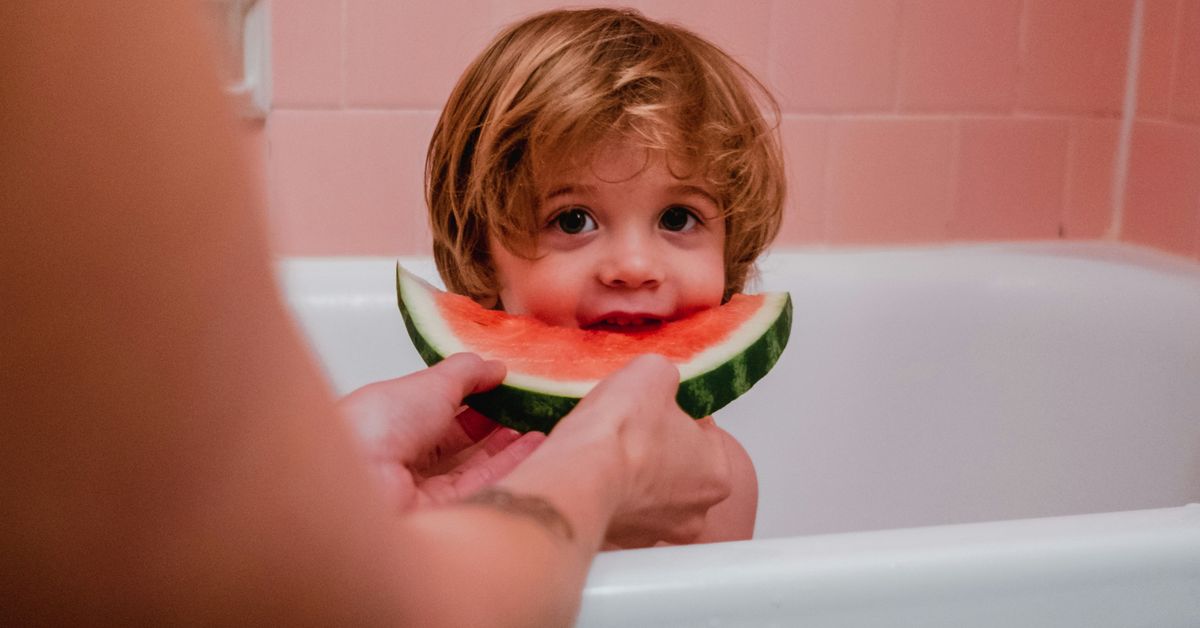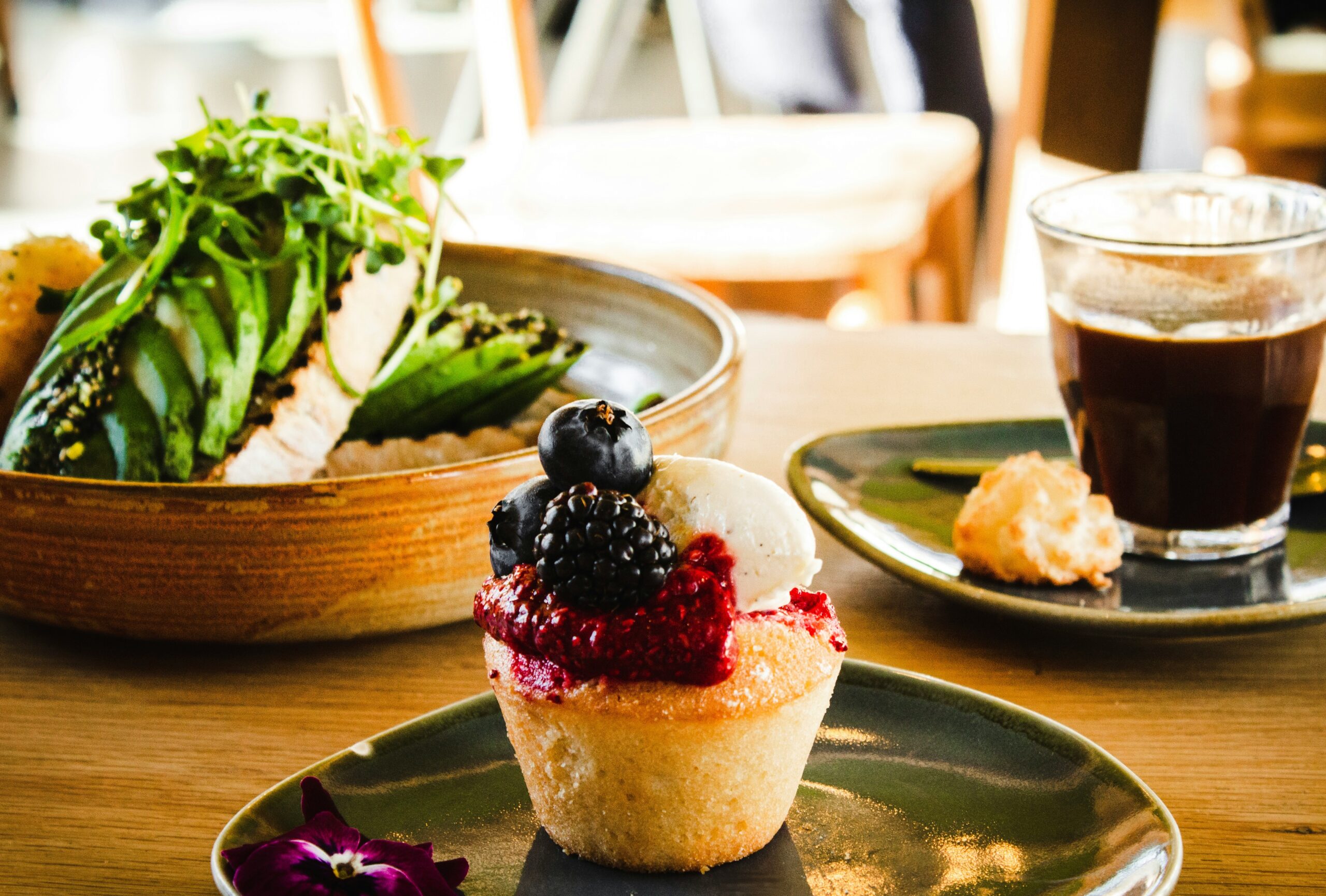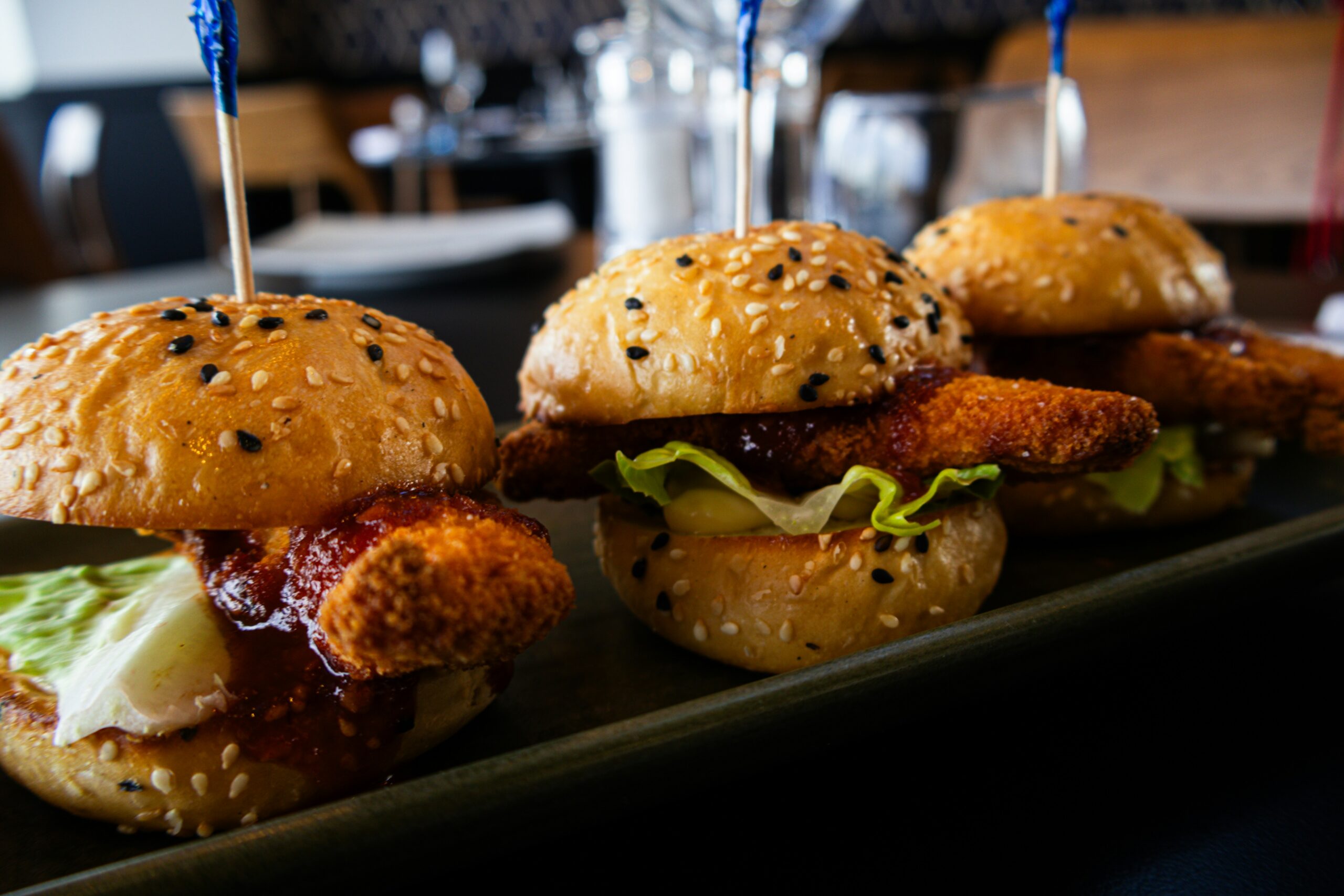Savoring Tradition: A Journey Through Family Recipes That Define Generations
When you think of family, what comes to mind? It’s often the laughter, the stories, and of course, the food. In many households, recipes handed down through generations serve as more than just meals; they embody the essence of family history and tradition. These cherished dishes transcend time, creating a bridge between the past and present. As they say, “The way to a person’s heart is through their stomach,” and when that food is steeped in love and history, it resonates even more.
The Origins of Family Recipes
Family recipes often tell a story—a narrative spun from the threads of culture, heritage, and personal experiences. The origins of these recipes can sometimes be traced back to a specific moment in time, a particular place or a beloved family member. Take my grandmother’s famous chicken pot pie, for instance. It wasn’t just a dish; it was a regular feature at family gatherings, often served on chilly autumn evenings. I remember how she would insist on using only fresh vegetables from her garden, proclaiming that frozen peas “lacked soul.” (She had strong opinions about peas, it seems.)
Such recipes are usually born out of necessity—improvisations made from what was available in the pantry. They evolve over the years, adapting to taste preferences, dietary restrictions, or even just the whims of a new generation of cooks. For example, my cousin has taken Grandma’s recipe and turned it into a gluten-free masterpiece, using almond flour for the crust. While I can’t say it quite matches the original, it has its own charm.
Connecting Generations Through Cooking
Cooking together can be a powerful bonding experience. Some families hold cooking nights, where everyone gathers to prepare a cherished recipe. This not only keeps the tradition alive but also creates new memories. I can still hear my mother’s laughter as she attempted to teach me how to roll out dough for her famous lasagna. Spoiler alert: the kitchen looked like a flour bomb had exploded, and I ended up with more dough on my face than on the counter.
These moments become the anecdotes that are shared over and over again—like the time my uncle tried to impress us all by flambéing a dessert and nearly set fire to the dining room. The stories become a part of the recipe itself, just as important as the ingredients.
The Role of Cultural Heritage
Cultural heritage plays a significant role in shaping family recipes. For immigrant families, these recipes often serve as a connection to their homeland. They carry flavors and techniques that encapsulate generations of tradition. Take, for example, the rich, fragrant stews from my friend Maria’s Mexican family. Each ingredient is chosen with intention—cumin for warmth, cilantro for brightness. Maria often shares that her abuela’s recipes are not just about nourishment; they represent the love and resilience of her ancestors.
The way food is prepared and consumed can also reflect cultural values. In many Asian cultures, meals are not just about sustenance but also about community. Sharing food signifies a bond, a welcoming gesture that includes everyone at the table. I’ve witnessed this firsthand in my friend’s Vietnamese family where meals are a communal affair—everyone contributes something, and the final spread is a colorful tapestry of flavors, each dish telling its own story.
Preserving Recipes for Future Generations
Preserving family recipes can sometimes feel like an overwhelming task. How do you ensure that a beloved dish doesn’t get lost over time? One approach is to document everything. I often encourage families to create a family recipe book, a colorful collection of handwritten notes, photographs, and anecdotes. It’s a treasure trove that can be passed down through the generations. Not only does it immortalize the recipes, but it also preserves the memories associated with them.
In our digital age, technology can also play a role. Some families have begun to use apps to catalog their recipes, allowing for easy sharing and editing. However, there’s something irreplaceable about the tactile experience of flipping through a handwritten recipe book, stained with splatters of sauce and adorned with doodles. (Trust me, nothing says “I love you” like a recipe with a little bit of personality.)
The Evolution of Family Recipes
As tastes and diets evolve, family recipes often adapt, leading to a delightful blend of old and new. Some recipes may undergo a transformation due to health concerns; for instance, my sister recently swapped out sugar for honey in our family cookie recipe. The cookies tasted different—better, I might add—but they still held the same nostalgic charm. It’s fascinating how a simple ingredient swap can breathe new life into a classic dish.
Yet, there’s a delicate balance between tradition and change. Too much alteration can sometimes lead to a dish losing its essence. My cousin’s attempt to make Grandma’s iconic chocolate cake vegan was met with mixed reviews. While some praised the effort, others—myself included—often found ourselves longing for the rich, buttery goodness of the original. It’s a classic case of “if it ain’t broke, don’t fix it.”
Sharing the Love: Family Recipe Traditions
Across the country, families have unique traditions centered around food. Some gather around a table every Sunday, while others hold special holiday feasts. Perhaps it’s a summer barbecue with secret marinade recipes, or a traditional Thanksgiving dinner where everyone has a role to play—someone carves the turkey, while another prepares the cranberry sauce. These rituals create a sense of belonging and continuity, reinforcing the bonds that tie families together.
There’s something magical about those moments. I still remember the smell of my aunt’s famous pumpkin pie wafting through the house during the holidays. It was a dish that demanded respect; no one dared to touch it until after dinner, and even then, the first slice was always reserved for the oldest family member. It was a simple rule, but one that added to the pie’s allure.
The Impact of Food on Family Dynamics
Food has a profound impact on family dynamics. It has the power to heal, to connect, and sometimes even to divide. Have you ever been at a family gathering where an innocent food debate escalated into a full-blown argument? (I still chuckle at the time my dad insisted that his chili was better than my uncle’s, leading to a cook-off that was as entertaining as it was delicious.)
These passionate exchanges, while sometimes intense, also highlight the importance of food in our lives. It’s not just about filling our bellies; it’s about sharing a piece of ourselves with others. When we cook, we communicate. We express our love, our culture, and even our disagreements through the dishes we serve.
The Science of Taste and Memory
Interestingly, there’s science behind why certain foods evoke strong memories. Research indicates that our sense of smell is closely linked to the part of the brain that processes emotions and memories. This explains why the scent of freshly baked bread can transport you back to your grandmother’s kitchen, where the world felt safe and full of love.
Food can trigger vivid recollections—perhaps a childhood picnic with a famous potato salad or a birthday cake that tasted like pure happiness. These experiences shape our relationships with food and influence how we share it with others. (I can’t help but think of the countless times I’ve tried to replicate my mom’s macaroni and cheese, only for it to fall short. It’s not just pasta and cheese; it’s a nostalgia bomb.)
Recipe Revivals: Modern Influences
In recent years, there’s been a resurgence of interest in traditional cooking techniques and family recipes. Shows like “The Great British Bake Off” and “Chef’s Table” have sparked a renewed appreciation for the art of cooking. People are eager to recreate their family’s culinary masterpieces, often sharing their adventures on social media platforms. I’ve seen everything from Instagram stories of bake-offs to TikTok videos featuring grandma’s recipes reimagined. It’s a delightful trend that celebrates our shared love for food.
However, it’s essential to approach these revivals with respect and understanding. While it’s fantastic to experiment, we must also honor the roots of these dishes. There’s a reason why certain recipes have stood the test of time. They carry with them the love and labor of generations past.
Preserving Recipes in the Digital Age
As we navigate our fast-paced, digital lives, the challenge lies in balancing tradition with modernity. Families can leverage technology to preserve their culinary heritage while also keeping it relevant for younger generations. Consider creating a family blog or a YouTube channel dedicated to cooking and sharing recipes. This not only keeps the tradition alive but also allows for a more extensive audience to appreciate the flavors of your family history.
That said, let’s not forget the joy of cooking together, without the distraction of screens. There’s something wonderfully intimate about chopping vegetables side by side, sharing stories, and laughing at the occasional kitchen mishap. (Trust me, I have my fair share of burnt toast incidents.)
A Legacy of Love
In the end, family recipes are more than just a collection of ingredients and instructions; they are a legacy of love. They remind us of who we are, where we come from, and the connections that tie us together. Whether it’s a holiday feast or a simple weeknight dinner, these dishes provide an opportunity to gather around the table and celebrate our shared history.
So the next time you find yourself in the kitchen, take a moment to reflect on the recipe you’re preparing. What stories does it hold? What memories does it evoke? Who taught you how to make it? As you savor each bite, remember that you’re not just enjoying a meal; you’re partaking in a tradition that has shaped generations.
And if you happen to spill a little flour or mismeasure a cup of sugar, don’t fret. It’s all part of the journey. After all, as my grandmother used to say, “The best recipes come with a side of love and a sprinkle of chaos.”
Conclusion: The Taste of Tradition
In a world that often feels chaotic and fast-paced, family recipes offer comfort and connection. They remind us to slow down, to gather around the table, and to share not just food, but part of ourselves. As we navigate the complexities of modern life, let us not forget the importance of preserving these culinary traditions. So, grab a spatula, call your loved ones, and whip up something delicious. Your family—and your taste buds—will thank you.




